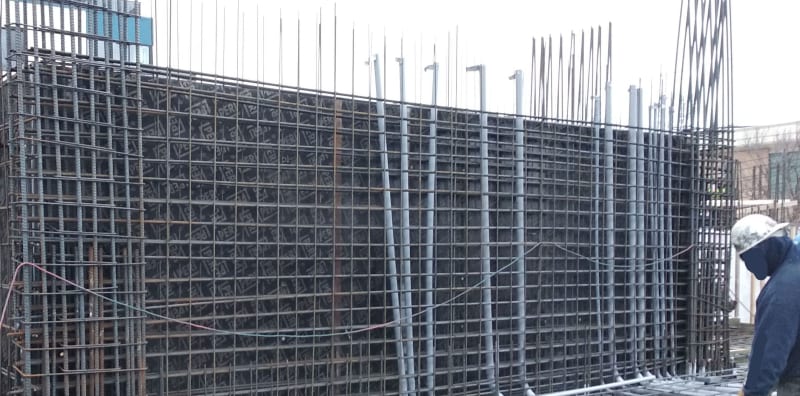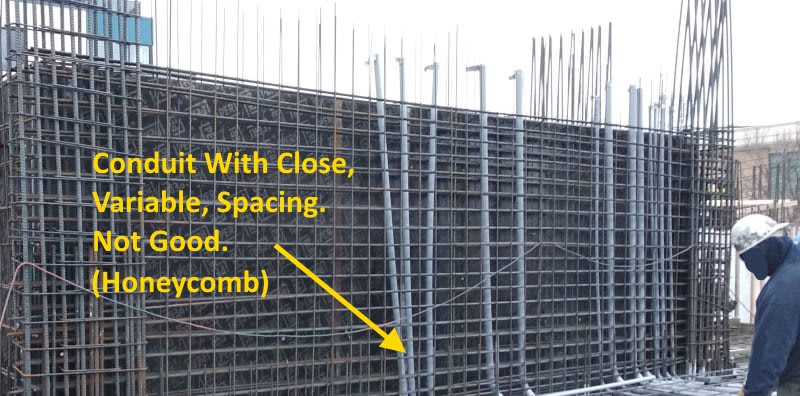BHHH
Structural
- Feb 14, 2019
- 11
Hi all,
Do any of you have experience with embedded conduits (electrical, 2" or 3" in diameter) in concrete shear walls or columns?
The contractor insists he has always built this way but I have never seen such installations. It's also not the first time I've heard of it.
Does anyone have a code or textbook reference?
Do any of you have experience with embedded conduits (electrical, 2" or 3" in diameter) in concrete shear walls or columns?
The contractor insists he has always built this way but I have never seen such installations. It's also not the first time I've heard of it.
Does anyone have a code or textbook reference?



![[idea] [idea] [idea]](/data/assets/smilies/idea.gif)